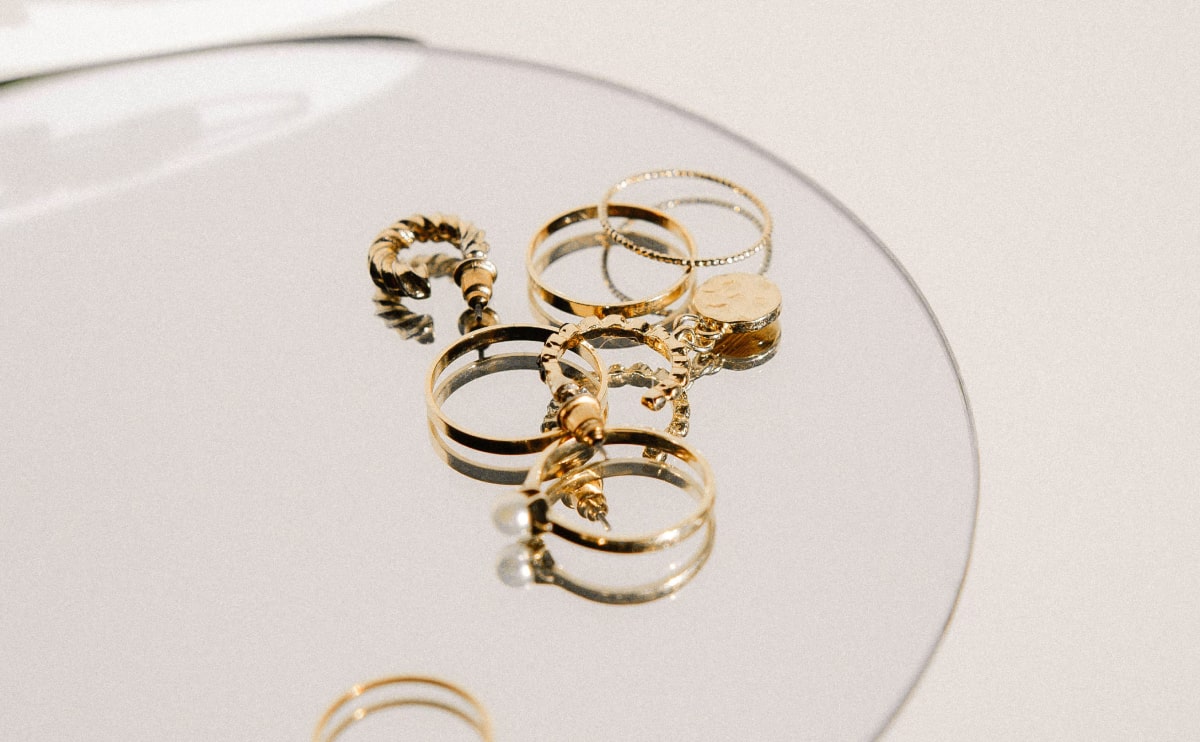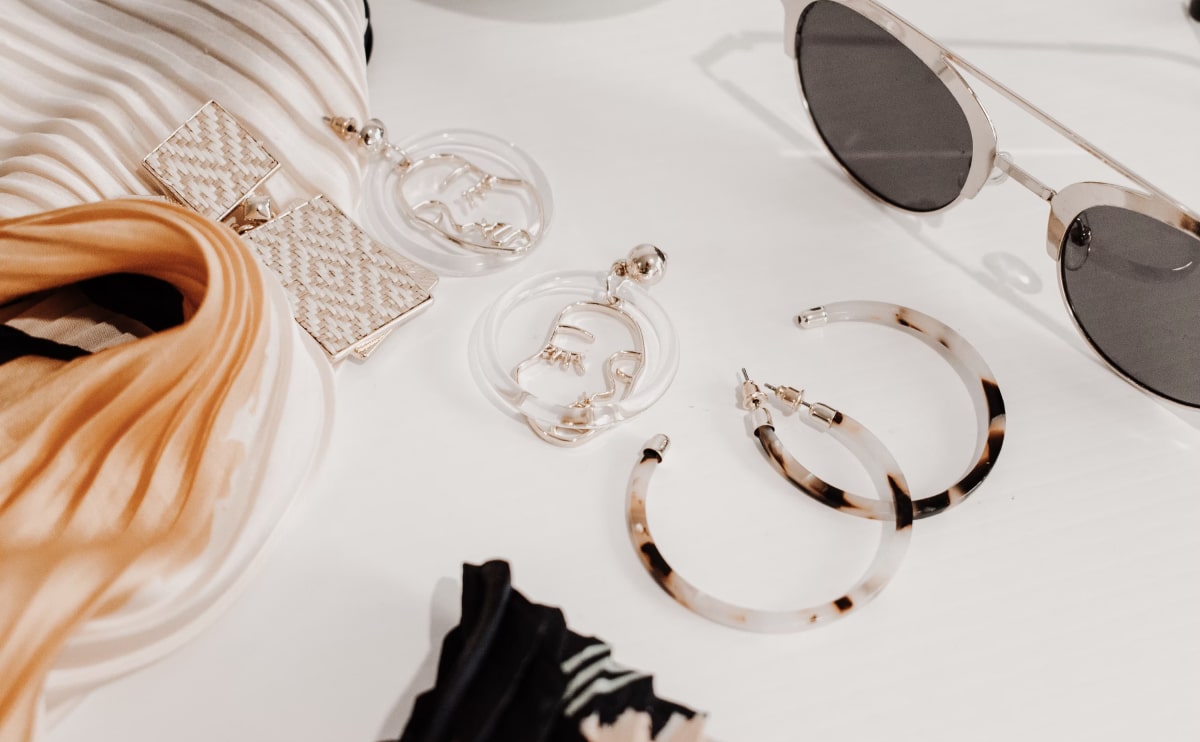Please visit the online store>>Click here to buy camera data cable related products
Millions of products are now available at 50% off market price,from $1.11 / Unit
In the world of photography, the importance of having reliable equipment cannot be overstated. Among the various accessories that photographers depend on, the camera data cable stands out as a crucial element in both professional and amateur photography. This simple yet essential tool facilitates the transfer of images and data between the camera and other devices, such as computers and printers, ensuring that photographers can streamline their workflow and back up their cherished memories with ease.
Camera data cables come in various types, depending on the camera model and manufacturer. Common connections include USB, HDMI, and proprietary interfaces specific to certain brands. Each cable serves a distinct purpose—USB cables are often used for transferring files, while HDMI cables enable high-definition video output to external monitors. Understanding these differences is vital for photographers who wish to fully utilize their equipment and handle their images with efficiency.
One of the primary advantages of using a camera data cable is its ability to provide a fast and stable connection for file transfers. Unlike wireless options, which can suffer from interference or reduced speeds, a wired connection ensures that data is sent quickly and reliably. For professional photographers, this is particularly important when dealing with high-resolution images or large video files. Quick transfer speeds can save valuable time during a shoot, allowing photographers to focus on creativity rather than technical frustrations.
Moreover, camera data cables support various other functionalities such as remote shooting and tethered photography. Many modern cameras allow users to connect their devices directly to a computer, enabling them to take photos and make adjustments directly from software applications. This feature is particularly popular in studio environments where photographers need immediate feedback on their work. It enhances the creative process and often leads to improved outcomes, as adjustments can be made on-the-fly.
However, it’s essential for users to choose the right camera data cable for their specific needs. Not all cables are created equal, and using an inferior quality cable may result in slower data transfer rates or even damage to the camera’s ports. Therefore, investing in a high-quality cable from a reputable manufacturer can prevent potential issues and ensure the longevity and reliability of both the camera and the cable.
In conclusion, camera data cables are indispensable tools that enhance the overall experience of photography. They provide a reliable means for transferring data, support advanced functionalities like tethered shooting, and ultimately allow photographers to concentrate on what they do best—capturing the world through their lens. As technology advances and the demands of photography evolve, these cables will continue to play a vital role in bridging the gap between physical cameras and the digital realm.




